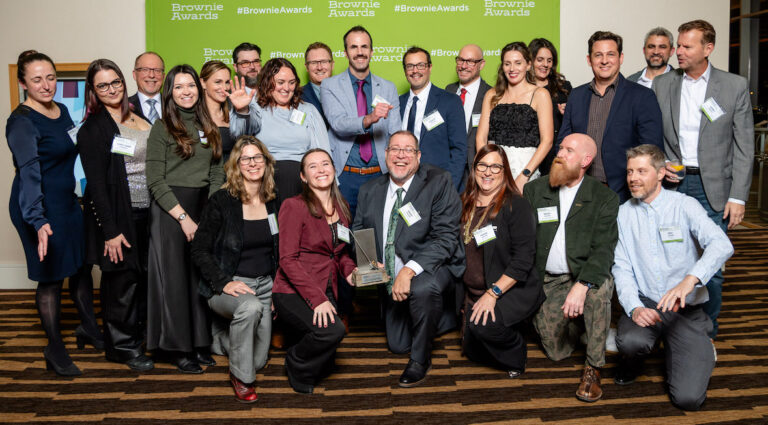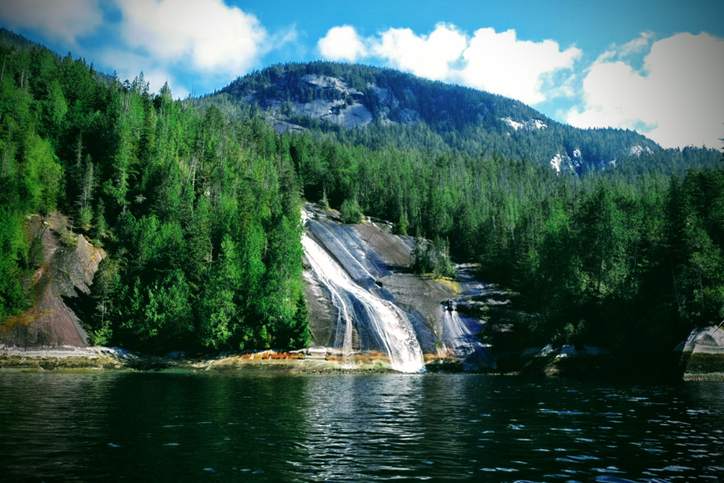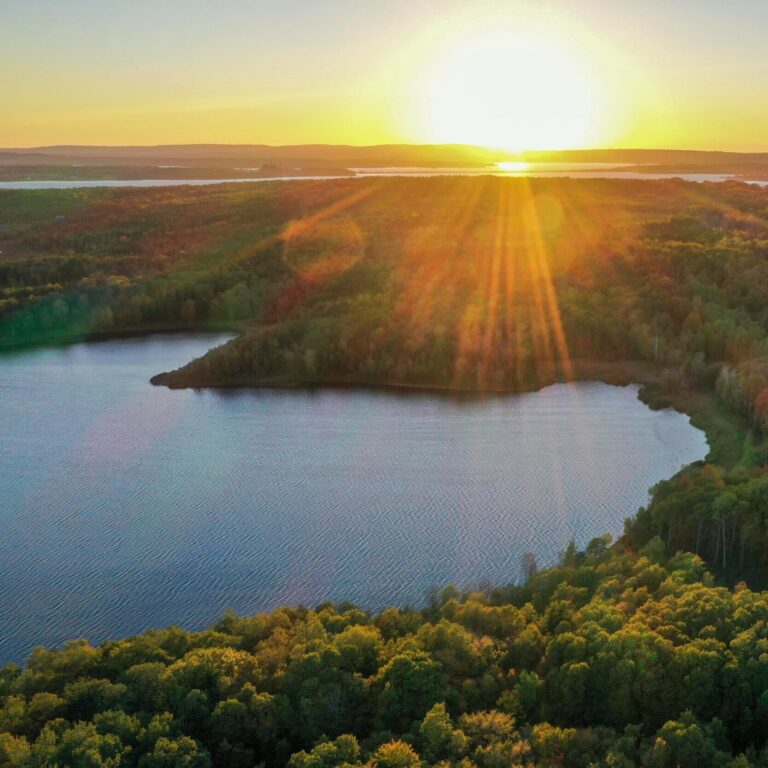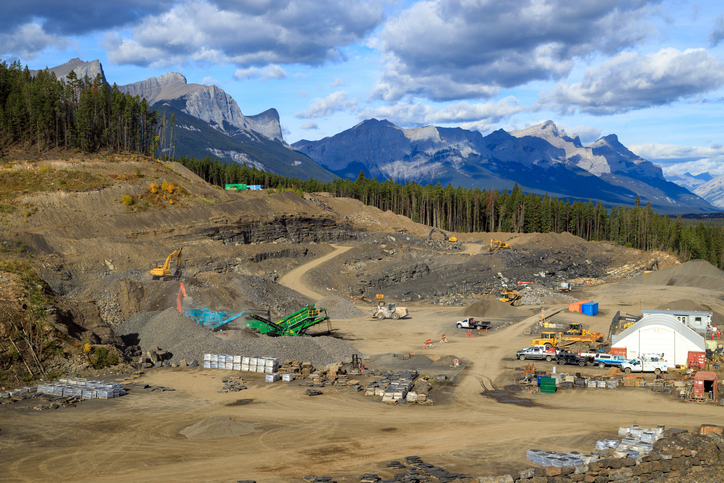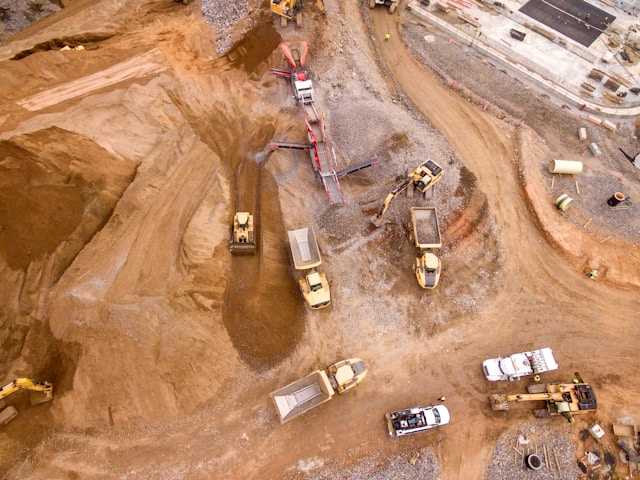Sunday, September 7, 2025
By Michelle Fraser
Canada has more than 14,000 historical mine sites in care and maintenance or closure, according to the Canadian Institute of Mining. Most of these sites were developed in the early to mid-1900s prior to the establishment of environmental standards and permits —and as a result, many have legacy environmental impacts.
The increasing price of metal commodities and technology advancements has made the redevelopment of historical mine sites economically achievable. More mining companies are investing in these former sites and deploying state-of-the-art technology to recover minerals that remain.
This trend raises two questions: How do we redevelop these historical mine sites in an environmentally and socially responsible manner? How do we address legacy impacts while also minimizing environmental risks associated with new mining activity?
History has shown us time and again that unless we learn from the past, history will repeat itself and mistakes may occur. We need to do better if we’re going to preserve the environment and wildlife habitats for future generations.
The challenges of responsible mining
Historical mine sites present several challenges. Many have waste-rock, tailings, and impacted soil that were left at or near the mine. When rain or snowmelt comes in contact with the waste rock, tailings, and impacted soils, they can cause environmental impacts by leaching metals into adjacent water bodies or groundwater. This leachate can contain high quantities of metals such as arsenic, or they can be highly acidic. In either case, the seepage may not meet modern regulatory standards.
However, there are successful strategies that have been implemented to address legacy environmental impacts while redeveloping historical mine sites.

Former mine shafts become an asset to water management
Historical mines developed in the 1800s and 1900s were typically underground mines that have a series of vertical shafts connected to underground horizontal tunnels or drifts. These historical underground mines are now being redeveloped as open pits. Where the open pit overprints the underground mine (or workings), the underground mine can be used as part of the water management strategy.
Dewatering from the vertical shafts minimizes the amount of in-pit pumping needed, which typically uses more hoses and pumps than pumping from the shaft. Additionally, by pumping from the underground workings and maintaining the water level in the workings some depth below the base of the pit provides storage capacity for rainfall or snowmelt. This ability to store water allows water to be pumped at a consistent rate, creating a more efficient water treatment process. This also allows mines to maintain a dry pit to limit potential downtime after significant rain events or snowmelt.
Managing seepage from new and old sources
Many old mines have historical tailings that were placed on land and occasionally into lakes without containment or control of seepage. As a result, these historical tailings often impact nearby lakes and rivers. We can improve on legacy environmental impacts through the management of historical tailings.
Over the years, technology has improved, allowing a lower grade of ore to be extracted and commodity recovered. Therefore, new mine developments should consider the reprocessing of historical tailings. At times, enough commodity can be extracted from the historical tailings to pay for the cost of reprocessing and mitigating the effect they have on the environment.
New mine developments include engineered facilities to manage tailings and control seepage. Whether through reprocessing or relocation, placing historical tailings in these new engineered facilities can mitigate legacy environmental impacts as they allow for the collection and treatment of seepage prior to discharge.
We can mitigate seepage further still by accounting for groundwater flow patterns when considering the placement of tailings facilities and waste rock piles. Placing these facilities in the groundwater flow path of the open pit allows seepage to be captured by the open pit. During operations the groundwater intercepted by the open pit is pumped from the open pit and treated, if needed. In closure, if a pit lake forms, the pit lake has a greater assimilative capacity for the seepage that enters the open pit and passive treatment (constructed wetlands) can be used to treat the water at the outlet of the pit lake, if needed.

Managing impacted soil
There are also impacted soils associated with historical mine sites to consider. Typically, heavier molecular contaminants with lower solubility remain after decades of exposure. For smaller volumes of impacted soil, it’s common to simply dig up the soil and ship it to a licensed waste disposal facility. However, the scale of impacted soil with historical mine sites requires innovative approaches to make these projects cost-effective. This requires consideration of new technology, technology from other sectors, or technology that benefit from economies of scale (i.e., extra space and longer remedial time periods), such as thermal desorption, soil washing, solidification/stabilization, landfarming, or ex situ bioremediation (i.e., biopiles).
It’s also vital to develop soil management plans to characterize the soil on site and define different management options depending on the level of contamination and associated risk. Soil that has high concentrations of contaminants that are not leachable would be managed differently than soil that has high concentrations of contaminants that are leachable. Having a soil management plan that outlines the types of soil on site and the management options allows clear direction for construction and operations staff and an understanding of the cost to manage the impacted soil — and having that soil management plan approved by regulators allows operational flexibility for construction and development of the mine.
Bringing creativity and technology to the forefront
Mining is an important economic driver in Canada and provides the critical minerals essential for the energy transition. The redevelopment of historical mines requires innovative strategies, emphasizing creative problem-solving and close collaboration among environmental scientists, engineers, and mine design engineers.
Collaboration and innovation between disciplines needs to occur at the early planning stages of the mine and must consider every phase of a mine’s life cycle, including post closure. Through this approach to redevelop historical mines, we can more effectively tackle legacy environmental impacts and reduce seepage risks from new mine infrastructure, ultimately enhancing overall environmental conditions.

Michelle Fraser is a senior hydrogeologist and Canadian water resources technical discipline leader at Stantec.
The original version of this article appeared in the Spring Edition of Environment Journal Quarterly, which is available here.
Featured image credits: Getty Images




